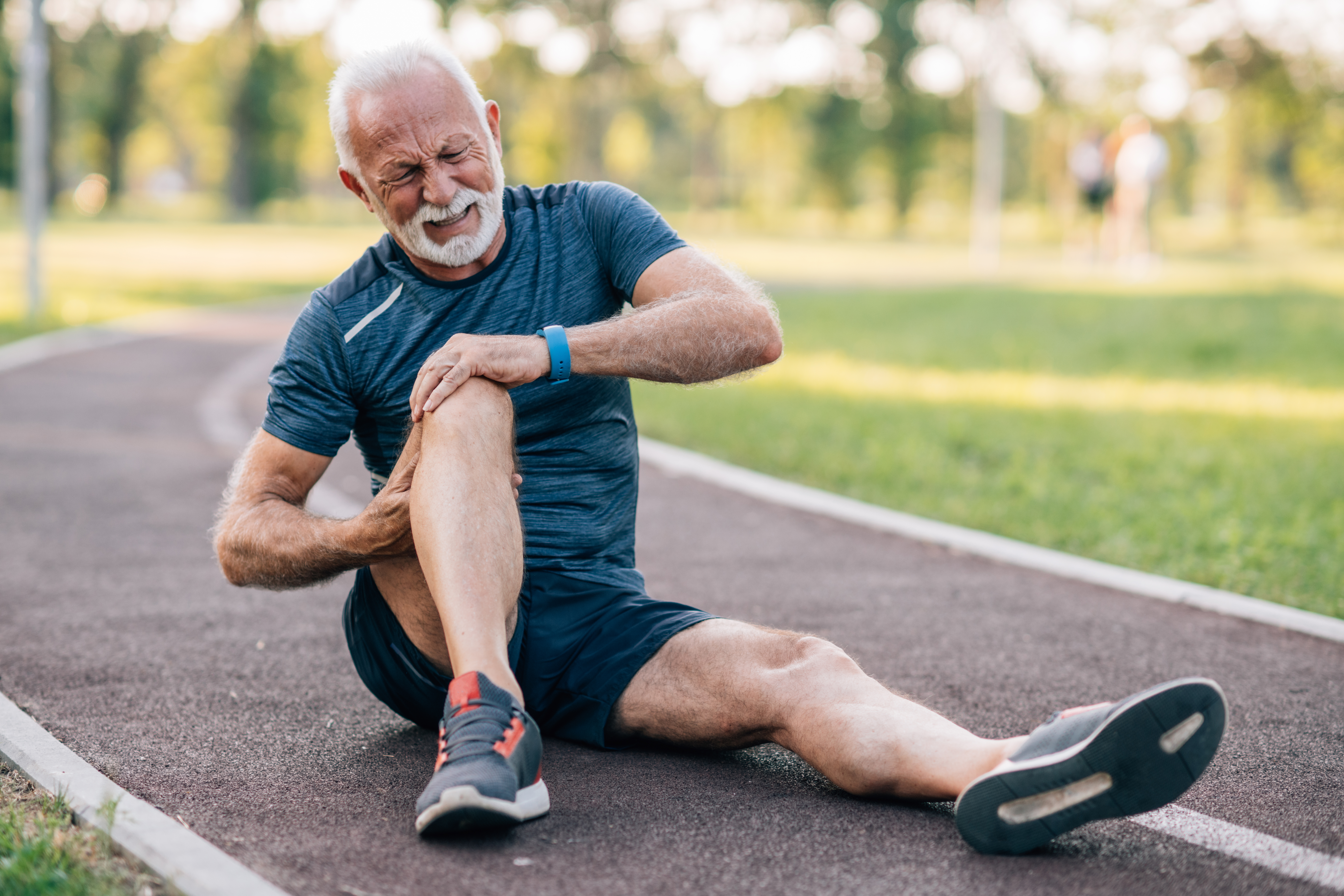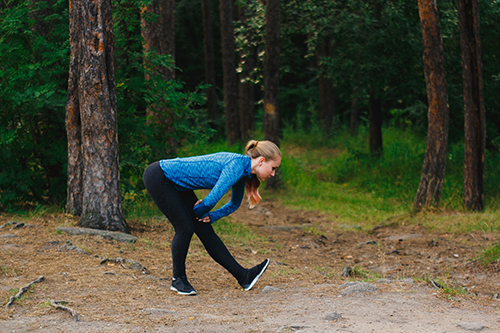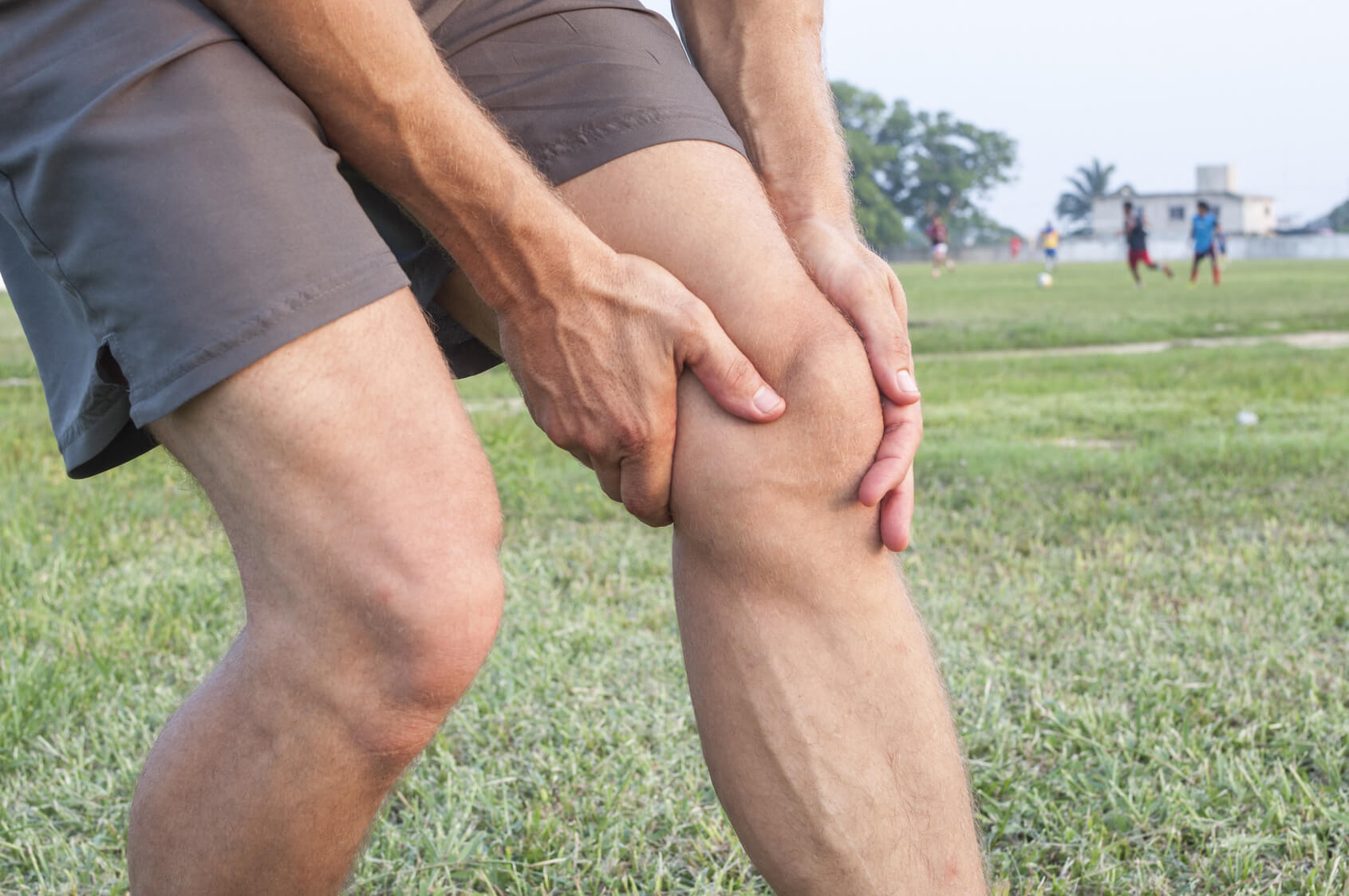While you can’t help your physician perform a successful knee replacement surgery, you can help—and must help—with your rehabilitation afterward. The following advice will prepare you to benefit the most from working with your physical therapists (PTs). We will be nice, we promise.
Pre-surgery Preparation
Visit with your physical therapist two to four weeks before your surgery. In one or two pre-surgery visits, your therapist will teach you exercises to do before surgery that make the first few weeks after it easier.
Around the house:
- Have a pair of ice packs on hand so you can ice the front and back of your knee on a regular basis for at least four months after surgery
- Make sure you can get around your house with a walker by rearranging furniture and removing clutter
- Throw rugs and tight spaces make navigation with a walker challenging, so try to eliminate those problems before surgery.
First Two Weeks After Knee Replacement Surgery
You will be in the hospital for two to four days. Your physical therapy will likely begin the day of your surgery, so don’t be surprised.
You will either go home or into a skilled nursing facility when you’re discharged from the hospital. The skilled nursing facility is for people who need continued assistance that they cannot get at home, or for patients who have lots of stairs that they are not yet ready to negotiate.
When you go home, you will have home health physical therapy and nursing for a week or two. Someone will come to help you perform prescribed exercises that are similar to what you did in the hospital or skilled nursing facility. You will transition into outpatient physical therapy once your home PT thinks you’re ready.
First Outpatient Physical Therapy
This first visit will take about an hour. Expect to come to physical therapy twice a week for six to eight weeks. It’s important that you take the same amount of medication you are normally taking to do your daily activities. Please don’t take more or less medication for your PT visits, as this can make the session unnecessarily challenging.
- Wear loose-fitting pants or shorts so your therapist can see your knee
- Please wear good supportive shoes
- Your PT will ask about your knee and how you have been doing
- He or she will watch you walk, get out of a chair, and measure the strength and mobility of your knee
- A few light exercises, similar to what you have been doing at home, may be added to your routine
- Your therapist will develop a new home exercise program and schedule visits for the next month.
Follow-up Physical Therapy Visits After Knee Replacement Surgery
Each follow-up visit will last about an hour, and you will be doing exercises for several weeks to build strength and flexibility at your knee. Physical therapists often have you work both legs unless there is a problem with the non-surgical leg.
Exercises should be challenging but should not significantly increase your pain. Think more soreness and achiness, not acute pain. Your therapist will usually ice your knee at the end of your sessions.
The goal of physical therapy is for you to be independent. You can attain that by following an exercise routine that helps maintain strength and flexibility around your new, improved joint.
Stiffness and Pain Ease
The first 12 weeks are the most challenging. Each day you will wake up sore and stiff. People tend to measure progress in weeks instead of days because it is difficult to notice the improvements on a day-to-day basis.
Even as you improve each week, sometimes in the midst of recovery the pain can seem overpowering. People notice a significant decrease in discomfort and stiffness for around 12 weeks. Many patients say they feel 85-90% of normal by six months and are back to normal by 12 months.
Returning to Your Activities
Knee replacement patients return to their normal activities at different rates. The more limited you are in your activities before surgery, the longer it takes to get back to normal activities after surgery.
- Begin with short walking in the first couple of weeks after your surgery
- You will advance to more activities from there
- Patients usually return to gym or pool activities between 8-12 weeks Golfers typically return to the course anywhere from 12-16 weeks after surgery.
Your return to driving depends on which knee was replaced as well as what medication you are taking. If your right knee was replaced, operating the gas and brake pedals will be more challenging. Talk to your doctor and physical therapist after surgery to get a clear answer on this.
A total knee replacement is a significant procedure with a long recovery time. But being correctly prepared for it will save you time and discomfort in the long run.



